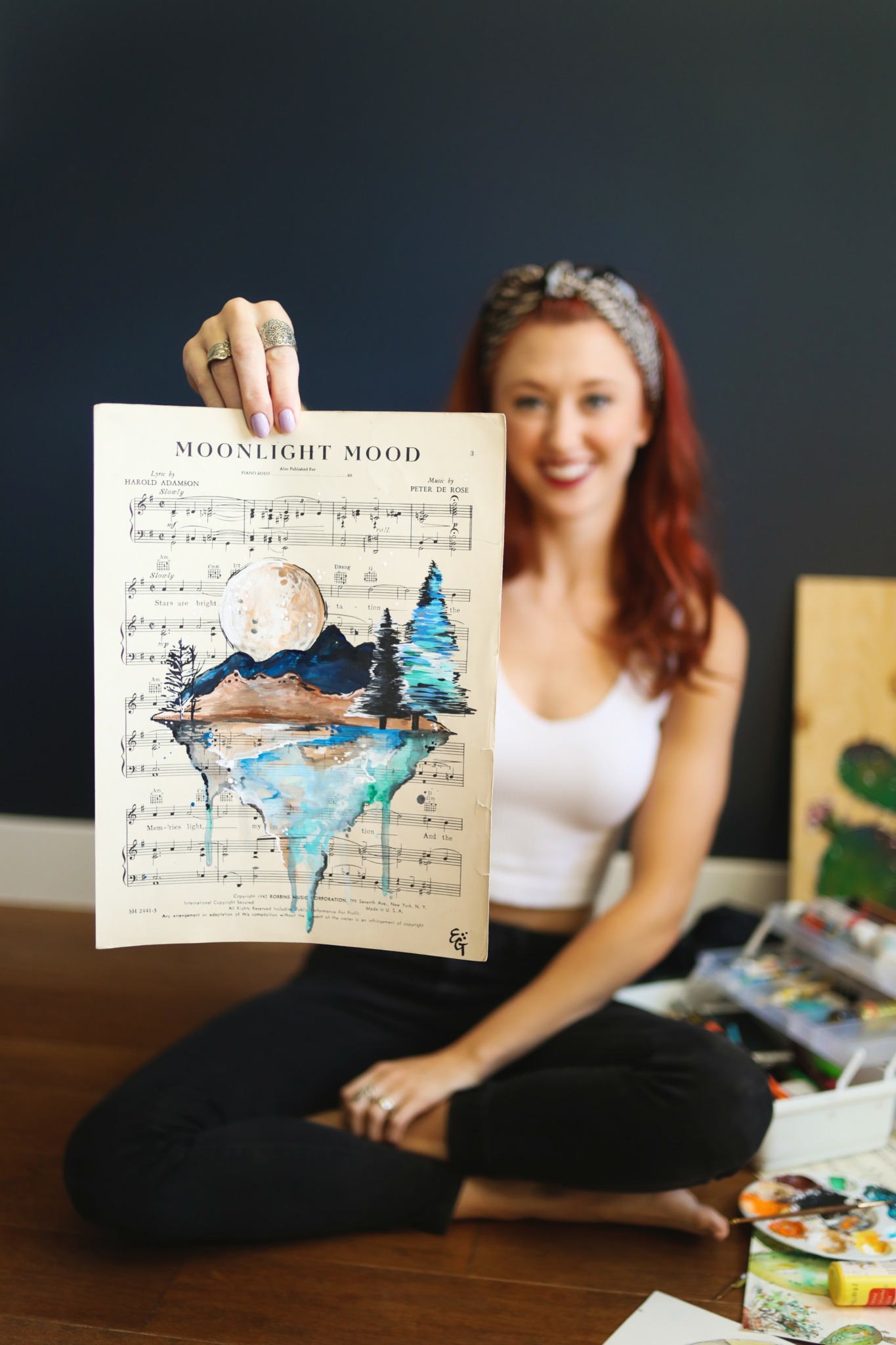We recently connected with Emily Grace Tucker and have shared our conversation below.
Emily Grace, looking forward to hearing all of your stories today. What’s something you believe that most people in your industry (or in general) disagree with?
Sometimes as artists we are told that we need to be hyper focused on our one goal or talent. I always knew I wanted to be a performer and growing up I remember teachers shaming the kids who did other things like sports or had other “distracting” hobbies. Even as an adult in the theater industry we are pressured to go 100% all into “the business” all the time, but I really disagree. I came to painting much later in life, and I almost missed it because I was so focused on pursuing theater and had that narrative in the back of my head that I could only pursue one thing. But my other passions of painting (and public speaking) really compliment and elevate my acting career and vice versa.
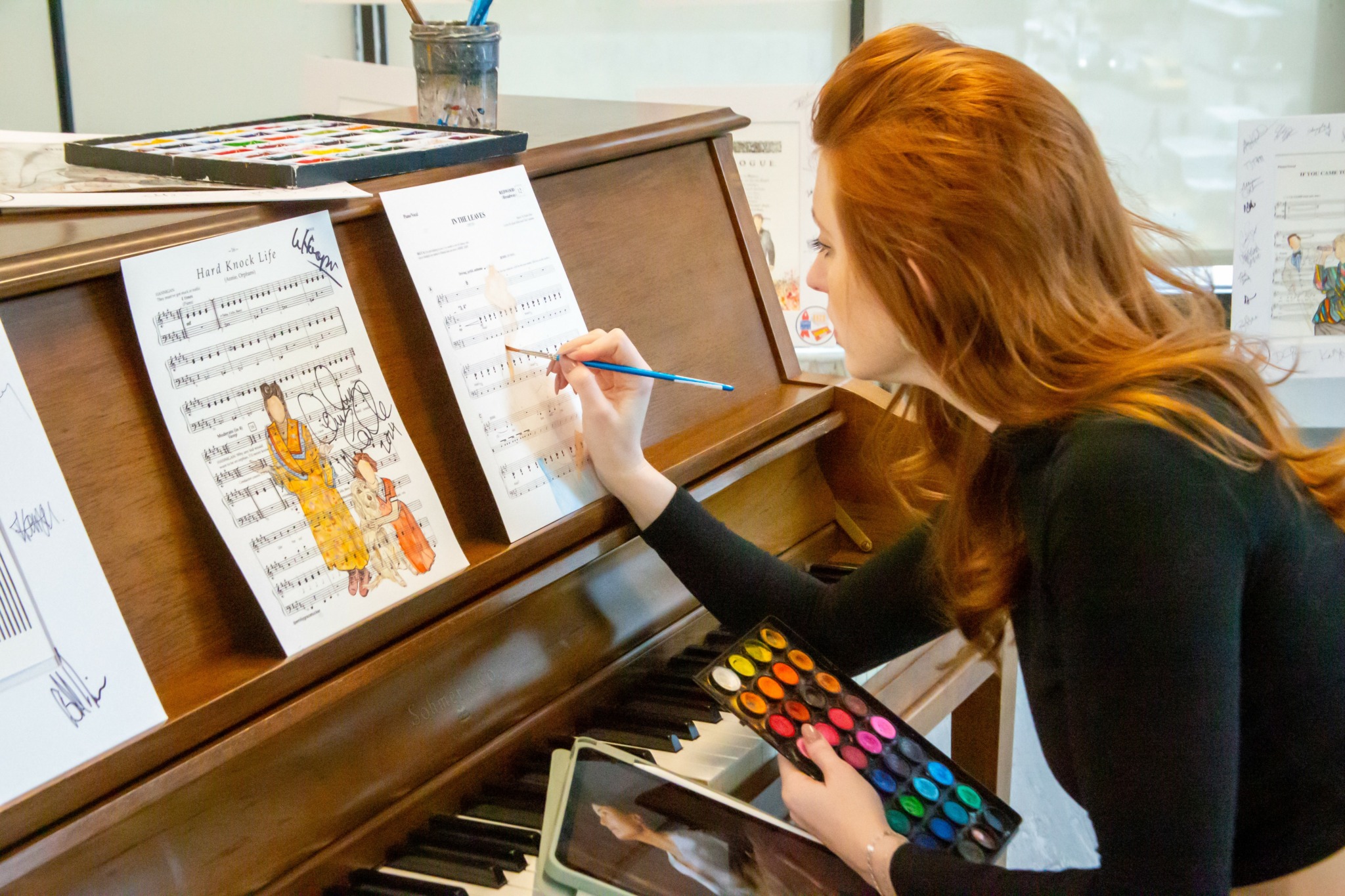
Awesome – so before we get into the rest of our questions, can you briefly introduce yourself to our readers.
My name is Emily Grace Tucker and I was born in Orange County in California. I started dancing when I was 3, starting taking private vocal lessons when I was maybe 6 and have spent my entire life pursuing a career in Musical Theater. I have been incredibly fortunate to work pretty consistently in my adult life playing roles like Anna in ”Frozen”, Mary Poppins in ”Mary Poppins”, Cinderella in ‘Cinderella’, touring with ”Elf the Musical”, and traveling the world singing and performing.
When I was about 26 I picked up my first paint brush. I started with acrylic classes in NYC just for fun, then shortly after started a contract at Tuachan Broadway in the Canyon, an outdoor amphitheater in Utah where I played Ariel in ”Disney’s The Little Mermaid”. While on this contract, I started to play with watercolor, it traveled easier than acrylic and didn’t ruin your clothes. I was at a consignment shop and found a box of old sheet music. Back in the day sheet music was sold individually, one song at a time on thick large paper. Some of these pieces had elaborate cover art, which is what caught my eye. I was admiring the art on the cover of these pamphlets and thinking how sad it is that we don’t do this anymore, create visual representations of individual songs. I purchased one called “Moonlight Mood” and took it home to save the cover art. I was deciding what to do with the rest of the music when I just started doodling on it, then I picked up my watercolor set and started playing- and Sheet Music Art was born!
As I started sharing it on social or to people around me, I started getting requests for custom pieces. But contemporary songs are not printed on thick paper like they used to! Additionally, you cannot paint on regular paper it will disintegrate. When the world shutdown due to covid, I hunkered down and really worked on developing this concept testing different inks, printers and paper until I found the perfect combo.
I have spent the last 5 years growing this idea into a small business and eventually a partnership with some of Broadway’s biggest names! Prints of classic Broadway shows are sold online and at Lin Manual Miranda’s Drama Book Shop in NYC. I create custom pieces commemorating birthdays, anniversaries, school shows and basically any other occasion you can think of!
What is so special about this concept is that we all are so connected by music. Some of life’s biggest chapters are underscored by a song on the radio or a special dance. Underscoring is what makes our Pixar movies so emotional, our horror films so suspenseful and our personal memories so specific. Sure, we take pictures, we snap videos- but nowadays those memories live on your phone and are revisited rarely. Sheet Music Art is a visual representation of a moment in time, but the cool thing about it is when you see the art- your brain immediately starts humming the tune subconsciously, underscored.
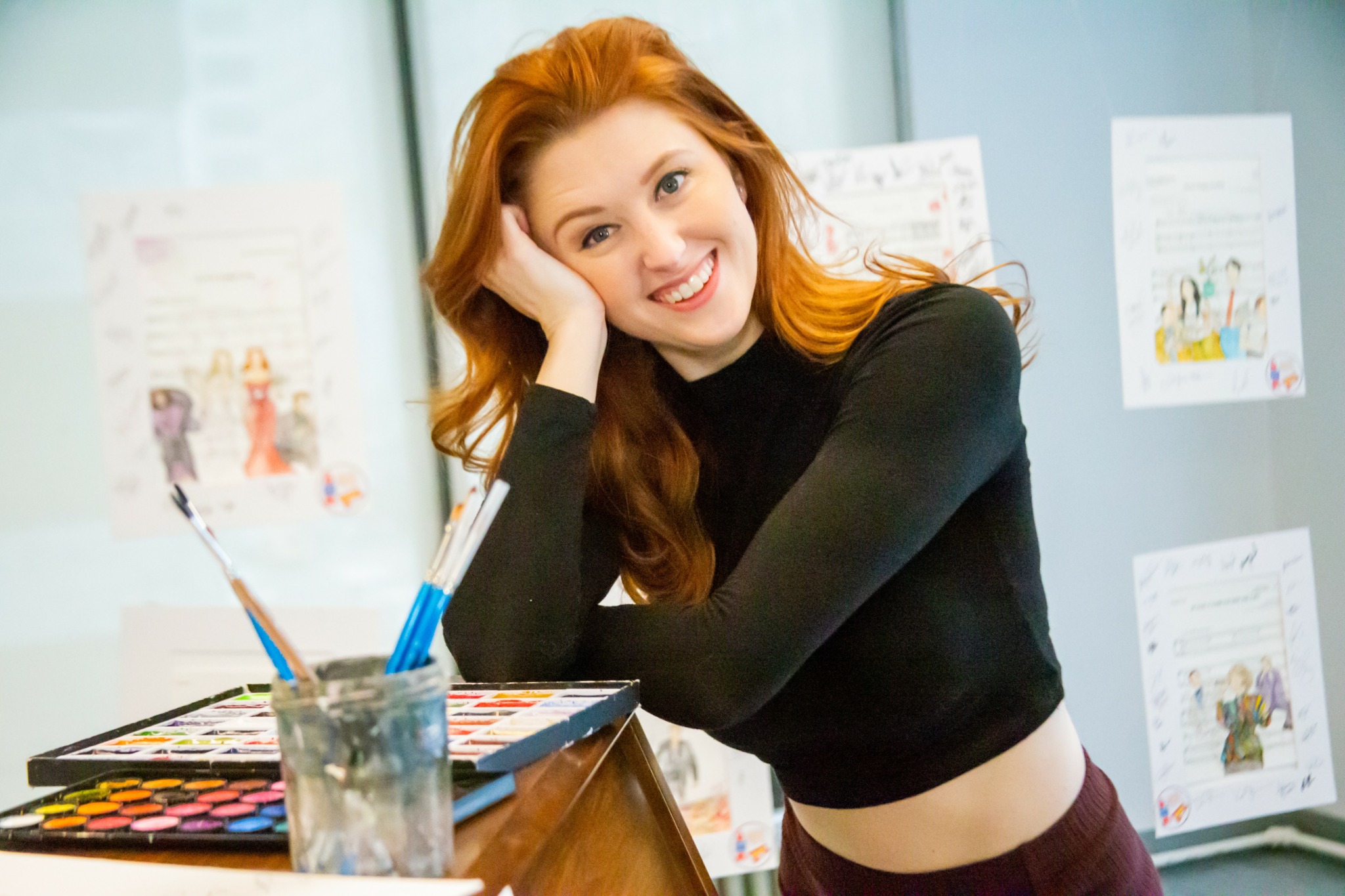
We’d love to hear a story of resilience from your journey.
When Sheet Music Art first started getting popular in the theater community I had someone reach out and inquire about Opening Night Art- something I had just started doing more regularly. After mocking up the idea, and communicating with them for a week or so- they vanished. I found out via social media later that they had taken my concept to another artist (who knew me personally) and hired them to execute my concept. I do not think I have ever been so angry. Now to be clear, I do not OWN Sheet Music Art concept. Art techniques don’t “belong” to any one person, that’s what draws all different people to it. Van Gogh doesn’t OWN the impasto method and George Seurat is not the only artist to ever do pointillism. But this situation was so personal and obviously taken from me. Now because I knew this person, I reached out to them personally to discuss it but they reminded defensive and hurtful.
This experience made me want to shut Sheet Music Art down entirely. Then my heartbreak turned to a fiery vengeance in which I was determined to make sheet music art bigger more well known so that even if someone else did take my concept, and claim it as their own- people would know- “that’s not EGT Sheet Music Art”, thats knock off.”
I reached out to a pretty famous Broadway composer whom I had known for many years to ask if he would share my art of his show to help get some name recognition to build this brand. I even explained what had happened and how badly I wanted to “call them out” but he gave me some advice that I have kept close to my chest ever since he said, “Do not engage with them at all. Do not give them your attention, put your head down and do the work.” Two years later I have a thriving business, and a partnership with Broadway World and Broadway Cares Equity Fights Aids. I do Opening Night art for every red carpet Broadway opening, which is covered and shared by one of the biggest news outlets in theater. Sometimes I still run into issues with companies stealing my art (beware of Temu and amazon resellers) and of course it’s maddening, but at least now people know “that’s an EGT knockoff”.

How did you build your audience on social media?
My social media following is not “viral” but it is loyal and it is real humans, most of which I know! Social media in my opinion is a blessing and a curse. It has given me a successful business, and it also is the “comparison monster, the killer of joy”.
When I first established Sheet Music Art as a proper “business” I thought about having a separate art account, and a personal one. But ultimately the cool part about a widely accepted art form is the people behind the art. I kinda wnat people to know I am a human and not a faceless etsy seller or ONLY a painter. I am a well rounded human, a performer, a plant lover, a dog mom, a wife, and that I love to ribbon dance.
Now from a business side I will also say, that social media is a free tool to grow. Especially for collaborations and businesses supporting other businesses. My advice is following other people in your field, and genuinely supporting them and getting inspiration from them. BUT if there is that one account you are constantly comparing yourself to- MUTE THEM. It doesn’t mean you unfollow them, or don’t support them. It just means that you control when you take in their content.
Contact Info:
- Website: https://www.emilygracetucker.com
- Instagram: @emilygracetucker
- Youtube: @emilygracetucker
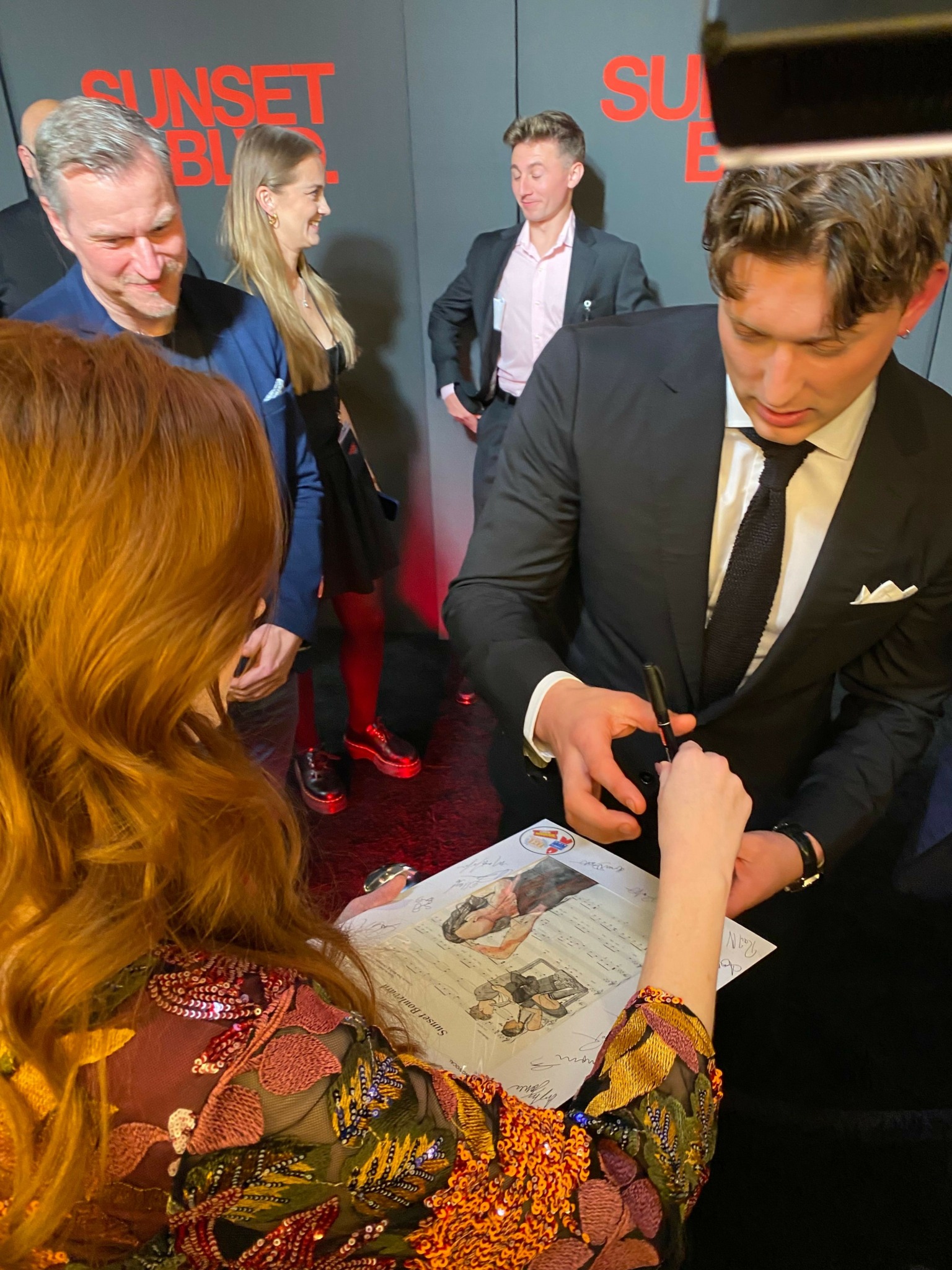

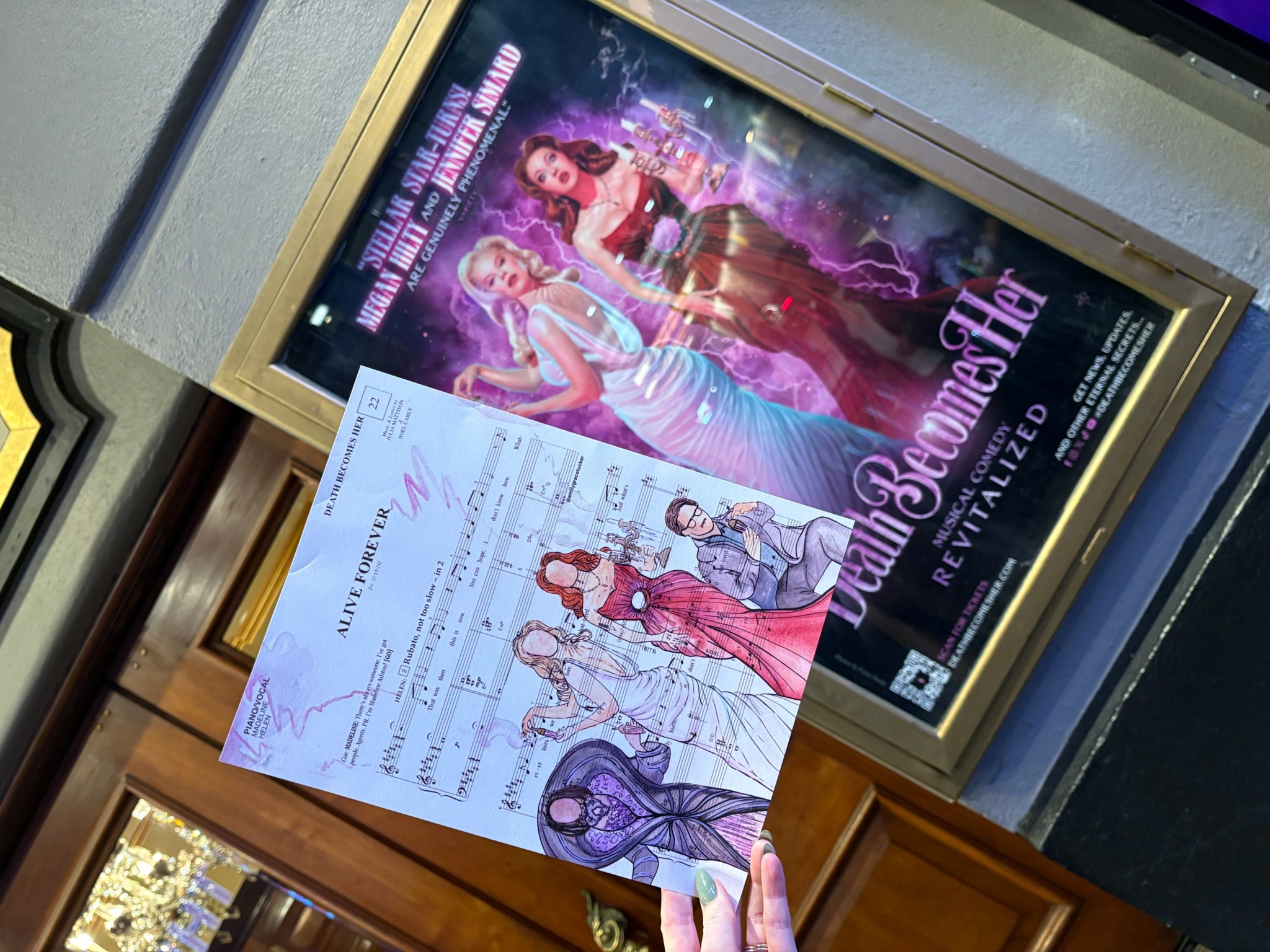
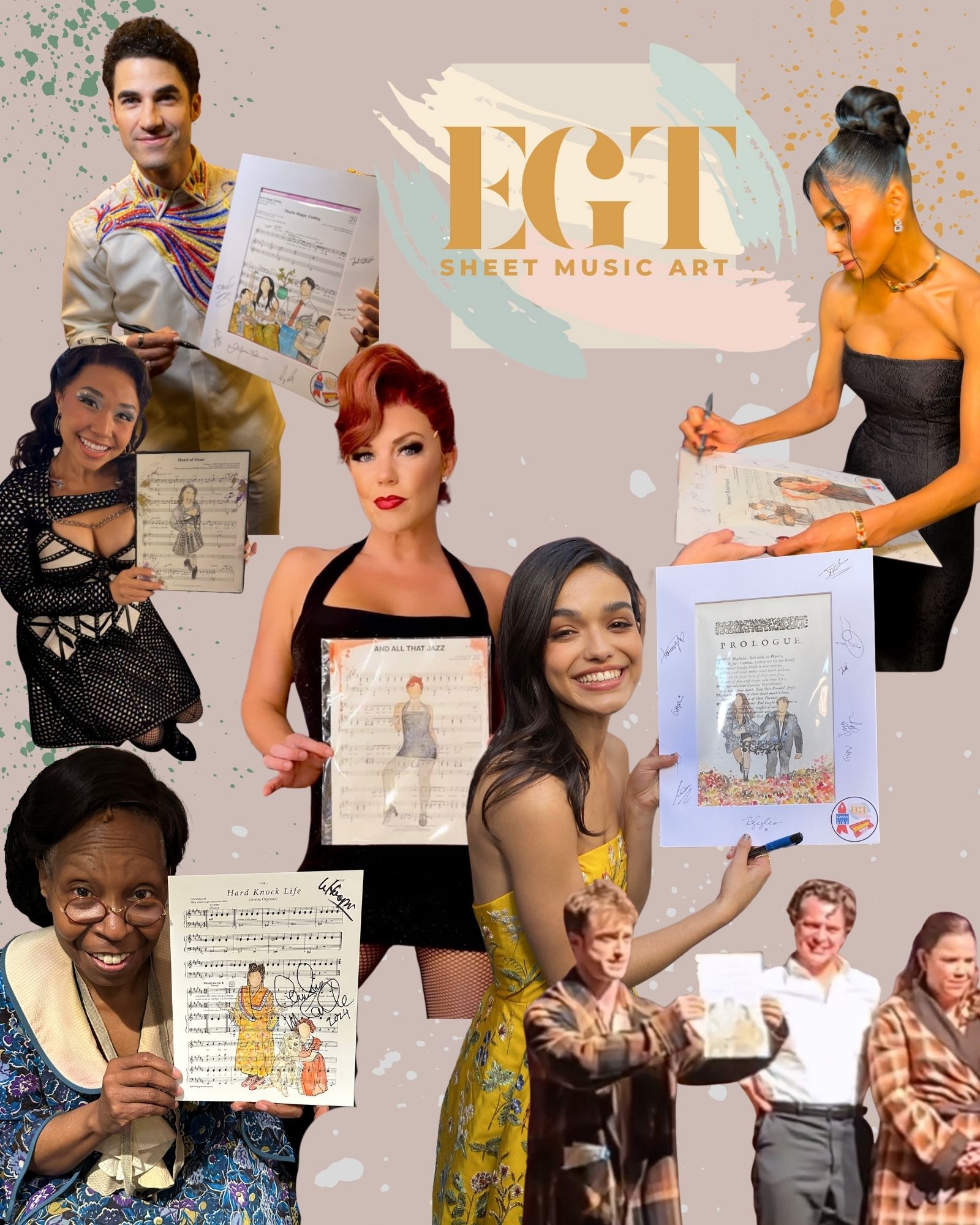
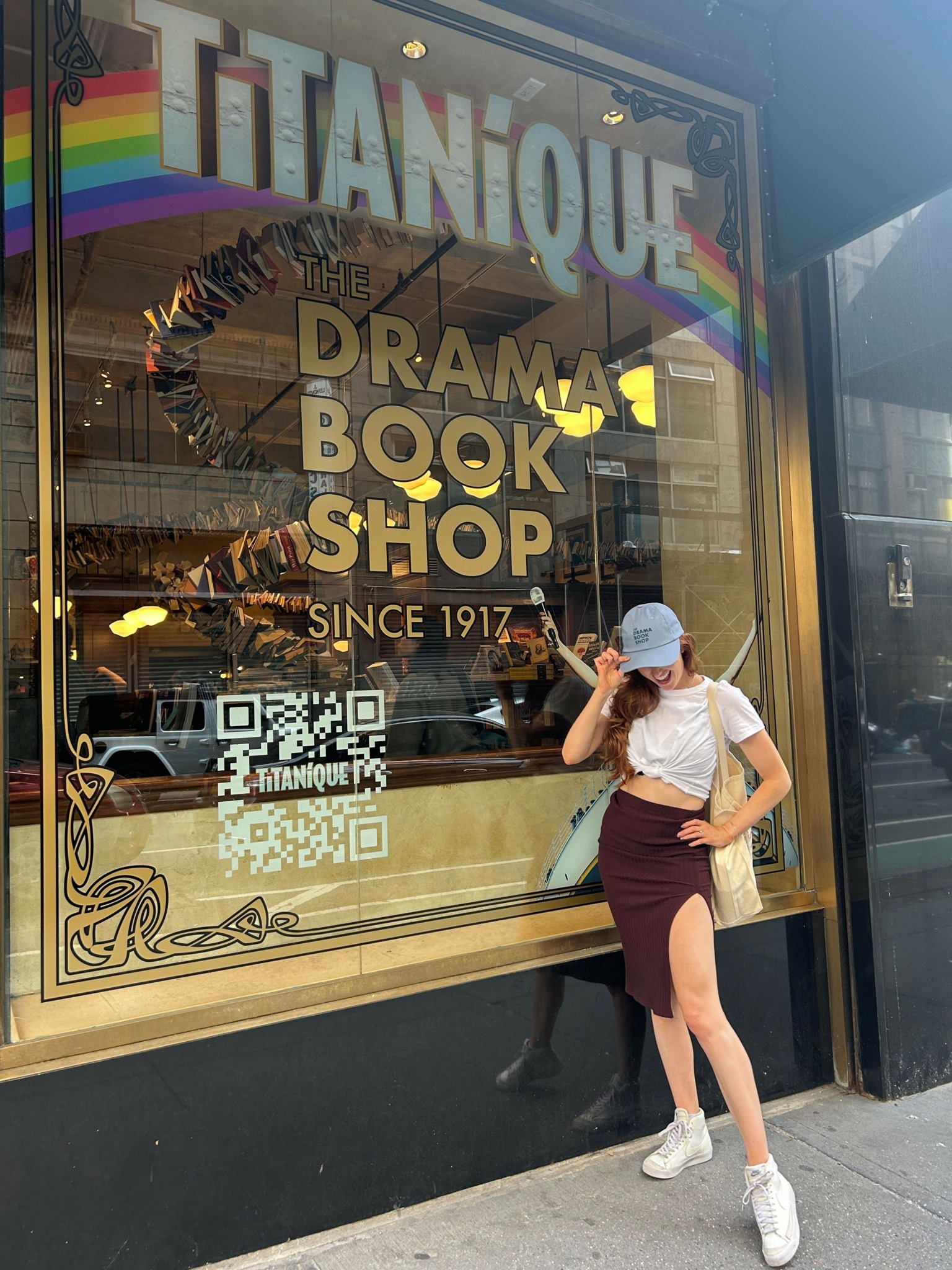

Image Credits
Joey Mervis Broadway World ( two shots of me painting at the piano)


